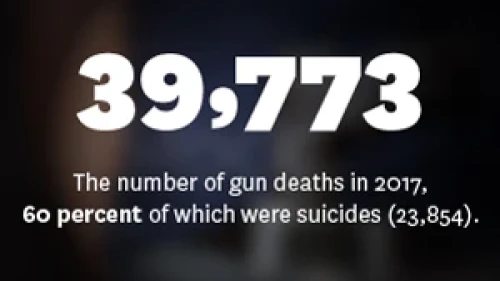Racial segregation in the United States of America can be a sensitive or controversial subject that many people prefer not to discuss. The Civil Rights Act of 1964 was enacted to prevent discrimination based on race, skin color or national origin, and since that time, it might be taken for granted that segregation based on race no longer occurs in the United States.
In their 2012 report, Duke University researchers Edward Glaeser and Jacob Vigdor argued that racial segregation had indeed ended in the U.S. In their work, “The End of the Segregated Century: Racial Separation in America’s Neighborhoods, 1890-2010,” Vigdor and Glaeser offered evidence that cities and towns in the U.S. are less segregated today than they were more than 100 years ago.
However, less segregation does not necessarily mean no segregation at all. Through the use of census information and geographic science, Dustin Cable, a former research associate at the University of Virginia, created the interactive Racial Dot Map, which seeks to shine light on the way people in the U.S. continue to separate themselves from one another.
Cable drew inspiration from the work of Eric Fisher, the original creator of social media dot maps, and Brandon Martin-Anderson, from MIT’s Media Lab. Using data from the smallest area of collected geographic information (known as the census block), Cable assigned a color-coded dot to represent the race or ethnic group of each individual person living in the U.S. — more than 300 million people. The result of his work is considered the first map to accurately depict both the race of every individual in this country and the way different ethnic groups divide themselves.
The map itself is a very engaging and informative piece of work. It seems that every city has areas that are dominated by one particular ethnic group, and the map demonstrates the level of segregation that still exists in this country. By looking through the map, it’s easy to see that although the Civil Rights Act made great strides in eliminating government-sanctioned segregation, different racial or ethnic groups still may voluntarily, and even subconsciously, separate themselves from others in the places they choose to live.
“This map is an American snapshot,” the Demographics Research Group wrote. “It provides an accessible visualization of geographic distribution, population density and racial diversity of the American people in every neighborhood in the entire country,” they continued.
Qian Cai, who serves as director of the Demographics Research Group, added, “This map elegantly, and beautifully, conveys thousands of pages of information in a simple, intuitive way. It is easy to see areas of high population density and racial concentrations across regions at one glance.”
The map itself can be used for a multitude of purposes, particularly when it comes to highlighting unique socioeconomic issues in this country. GIS leverages insight into the current state of affairs and illustrates just how much things have and have not changed.




